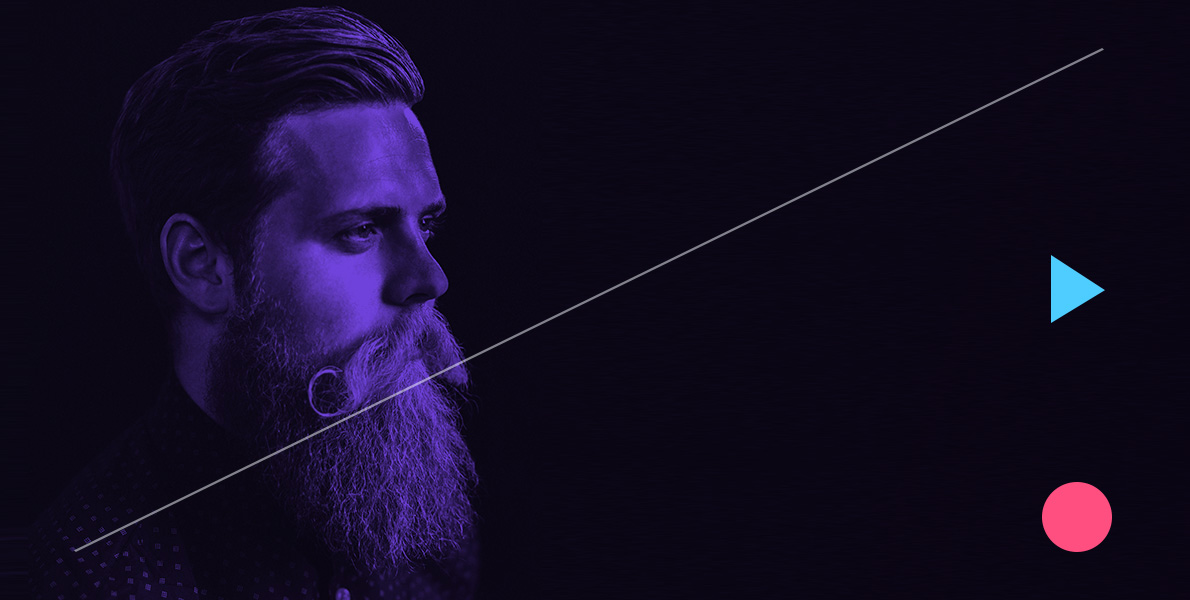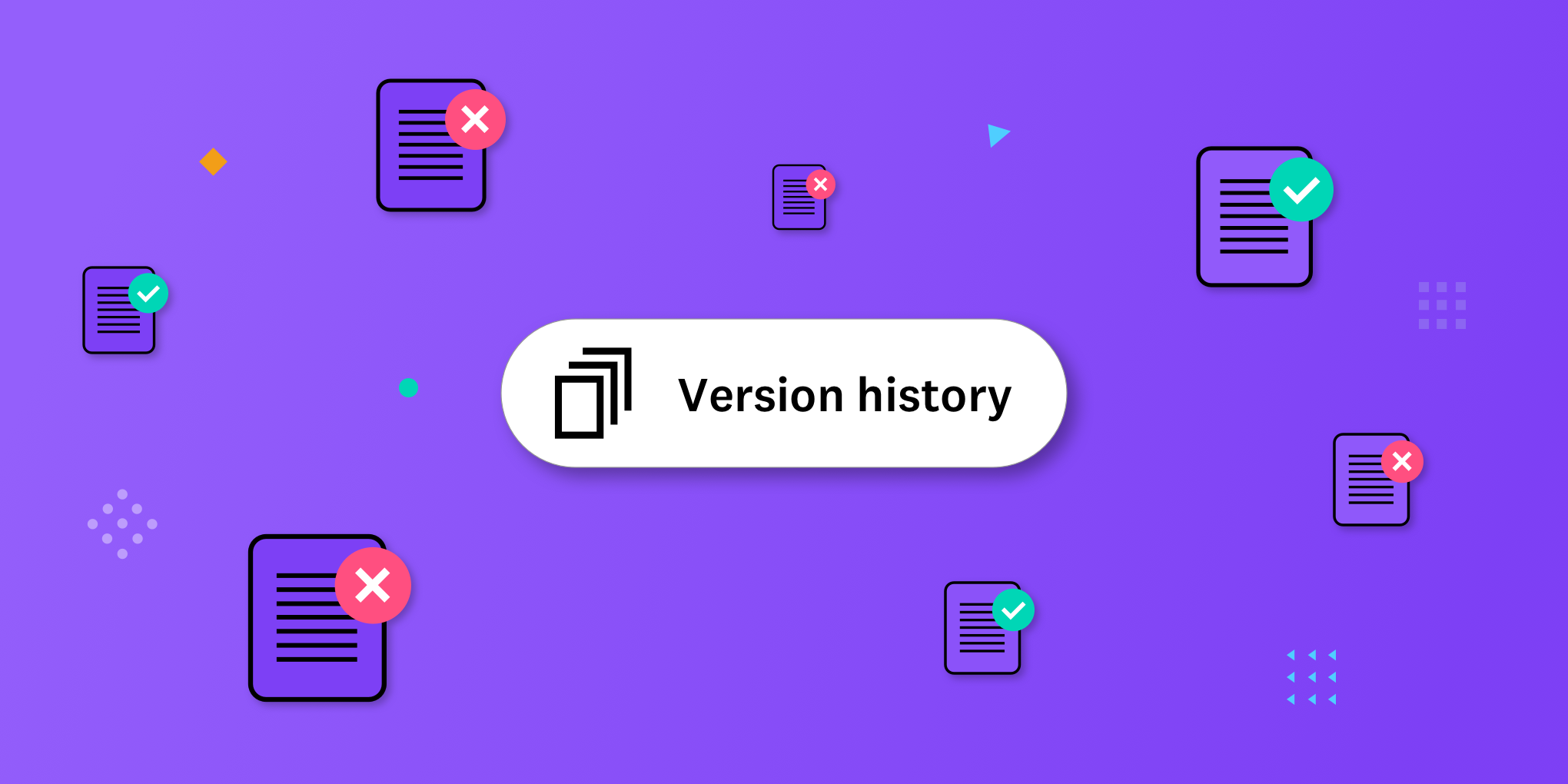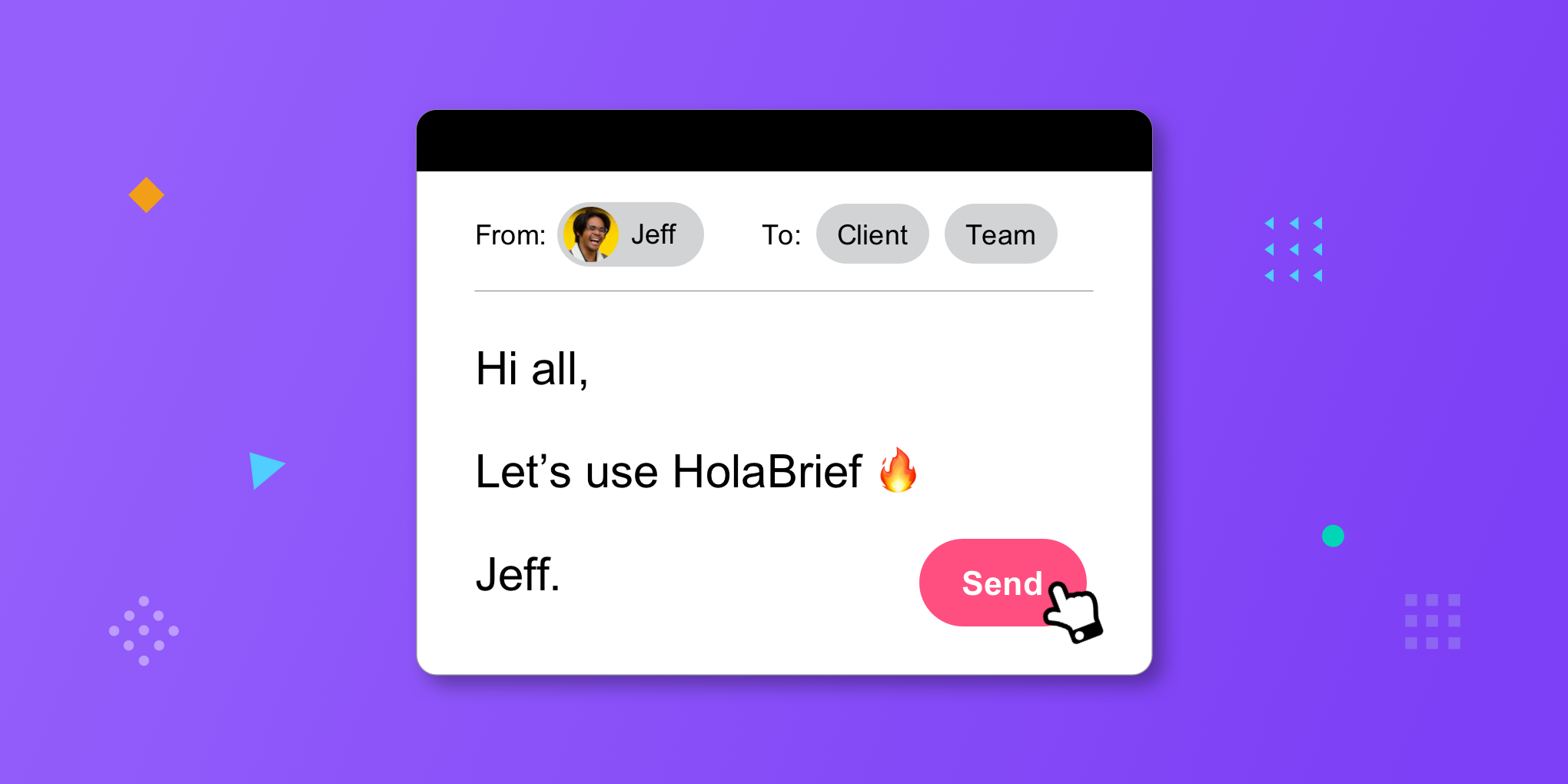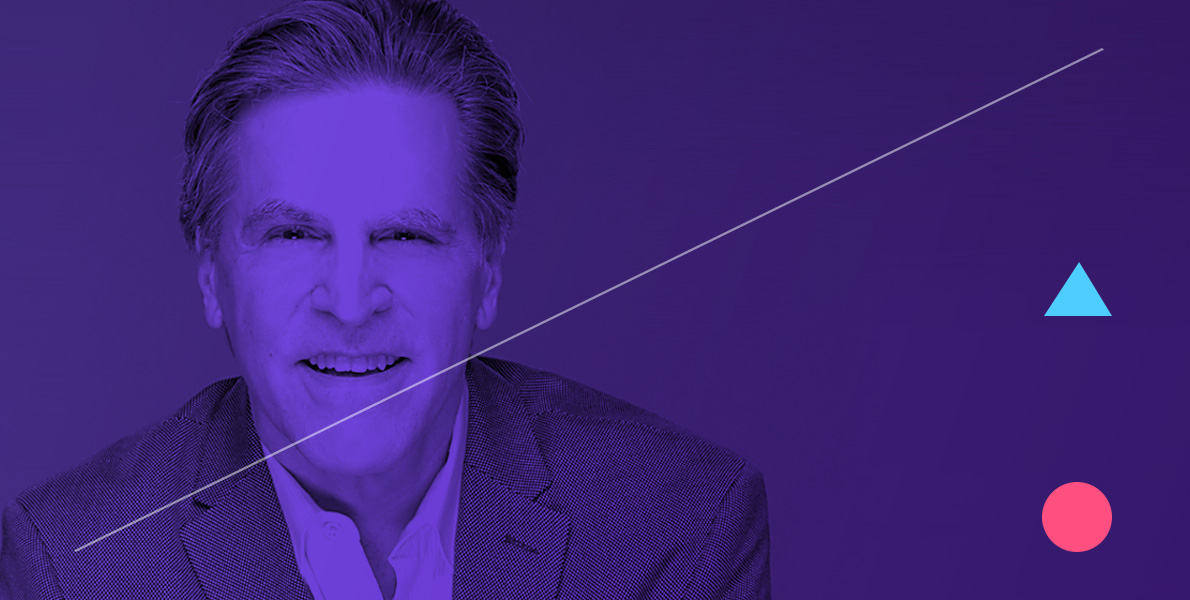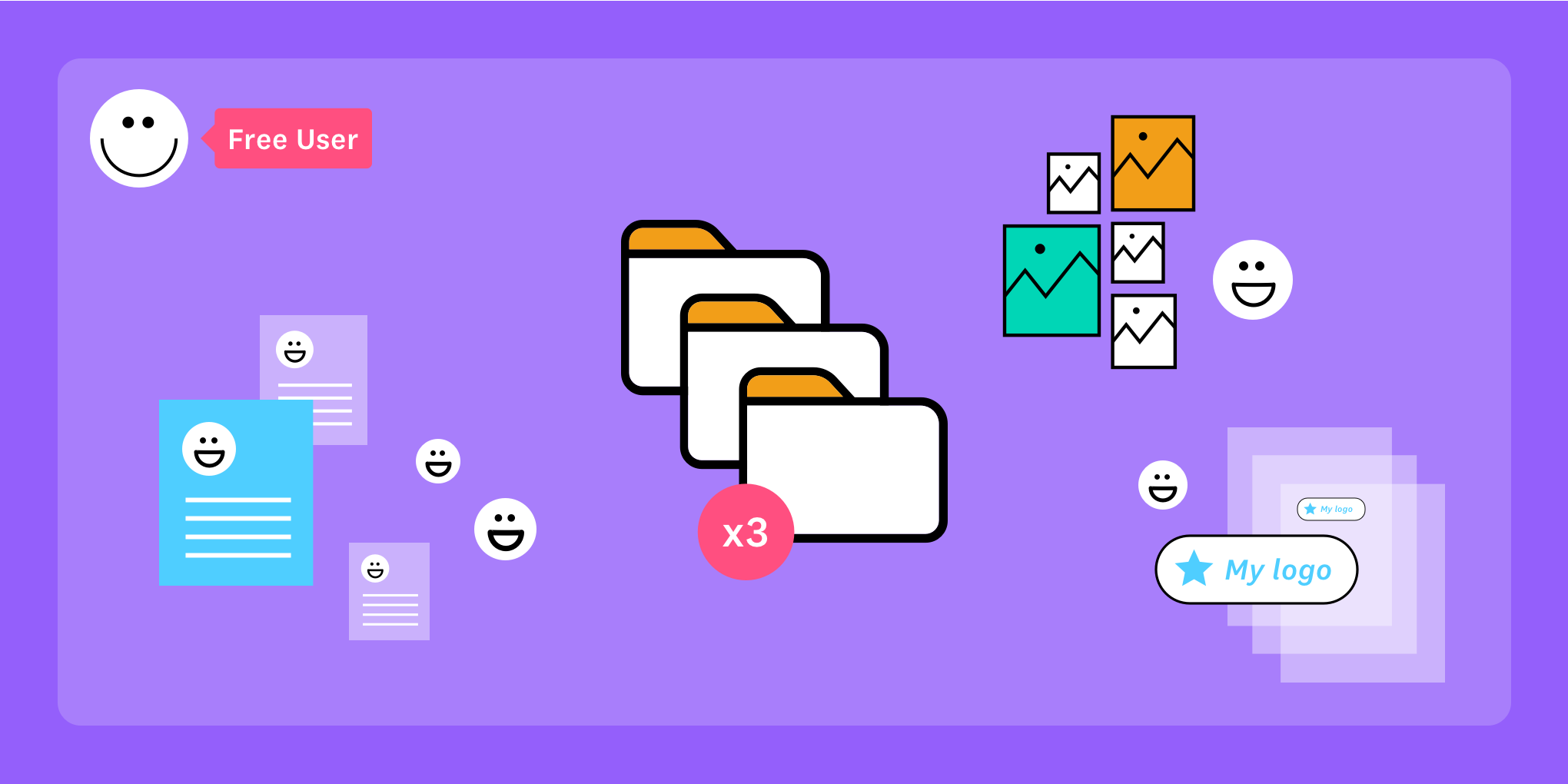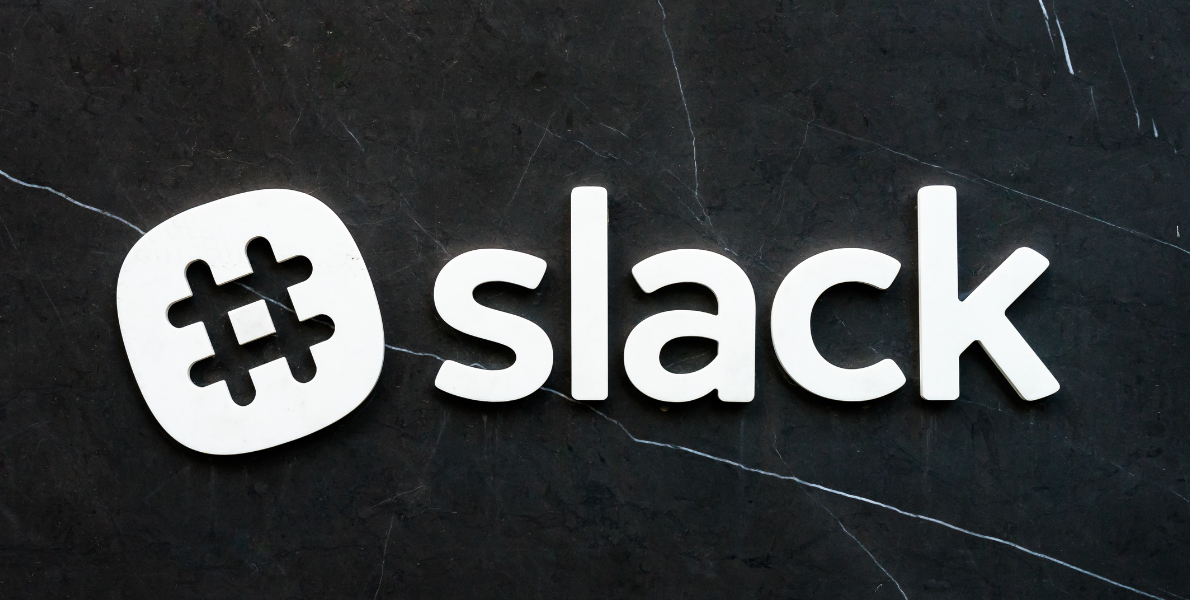“A Jack of all Trades and a Master of Some” is how Tobias van Schneider describes himself. Adding a positive and powerful twist to this general figure of speech is exactly what this man is all about. As an award-winning, German multi disciplinary maker and creator of things, raised in Austria & currently living in New York City, Tobias inspires us to have many side-projects, useful ones or just plain fun.
As a former Lead Product Designer & Art Director at Spotify and having been serving on the AIGA Board of Directors in New York, Tobias now co-founded Semplice – one of the leading portfolio systems for creatives – as well as designs, mentors, advises and art directs for many institutions and big names in the design and tech world. If that wasn’t enough, believe it or not, Tobias recently started crafting his own personal sneakers and continues building fun side projects.
Being involved in so many projects, you could ask yourself how he manages it all? Well..he simply does. Cause it is what feels most natural to him: Life is work and work is life. Learning by doing, must be his guiding mantra.
With this mantra in mind, Tobias van Schneider has learned to accept who he is, definitely not tried to fit in and by doing this, created his own identity and a certain Tobias-van-Schneider-world that attracts many fellow designers and creators alike. He shares his thoughts and experiences through written words via his personal twitter, his blog, podcasts or newsletter which radiate his humor, curiosity, honesty, straightforwardness and his hands-on mentality.
After reading this article on his blog we have to admit the pressure was quite high on firing exactly the right questions for this interview. But we think we managed quite well. Enjoy!
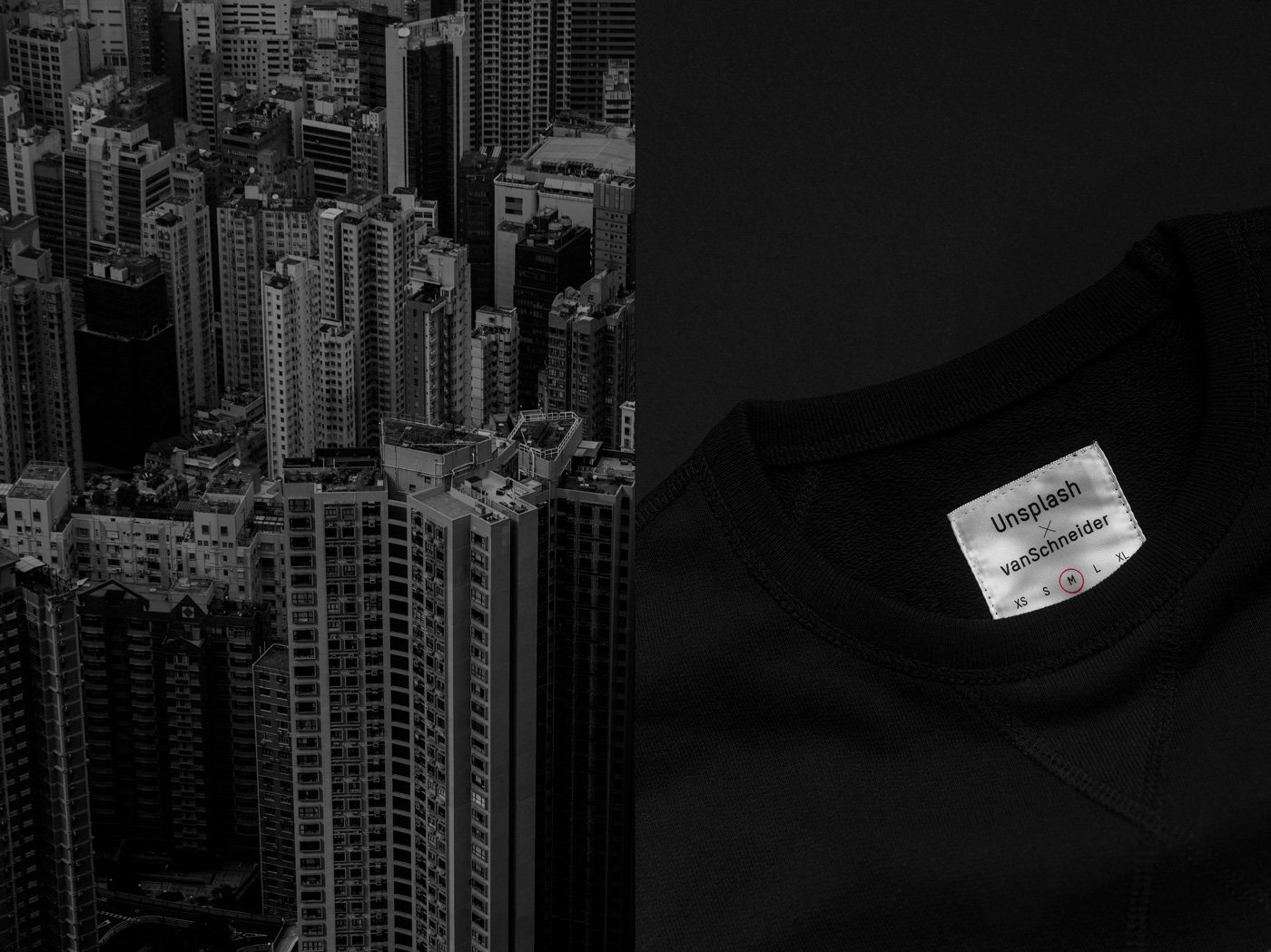
What was the very first thought you had today after waking up?
Taxes.
What are your top daily priorities non-work related?
I try to get outside and bike around the city any chance I get. That or skateboard. But I’m mostly working. My work and personal life blend together and I like it that way.
As the co-founder of Semplice, a customisable portfolio system, you’ve been browsing through thousands of portfolios. What is your advice on how to stand out with your work and land your dream client?
Don’t approach your portfolio thinking about the website design itself, but instead think about how to best set up your work. This will help you avoid designing a trendy portfolio that looks like everyone else’s.
That said, a portfolio is only as good as the work inside it. My mantra has always been to do work so good they can’t ignore you. With my portfolio and my work, I try to not focus on impressing other designers – I focus on impressing my clients. When you do great work and strive to go above and beyond with every project, your dream client will find you.
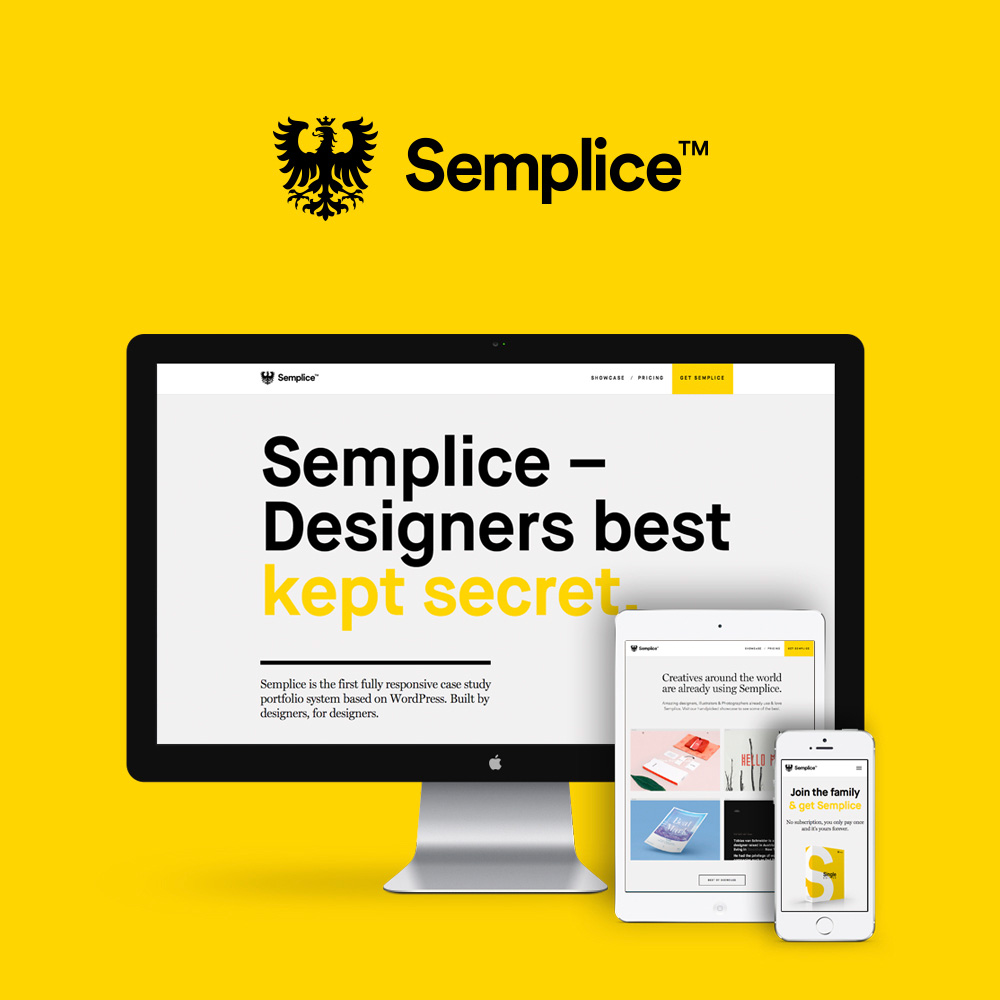
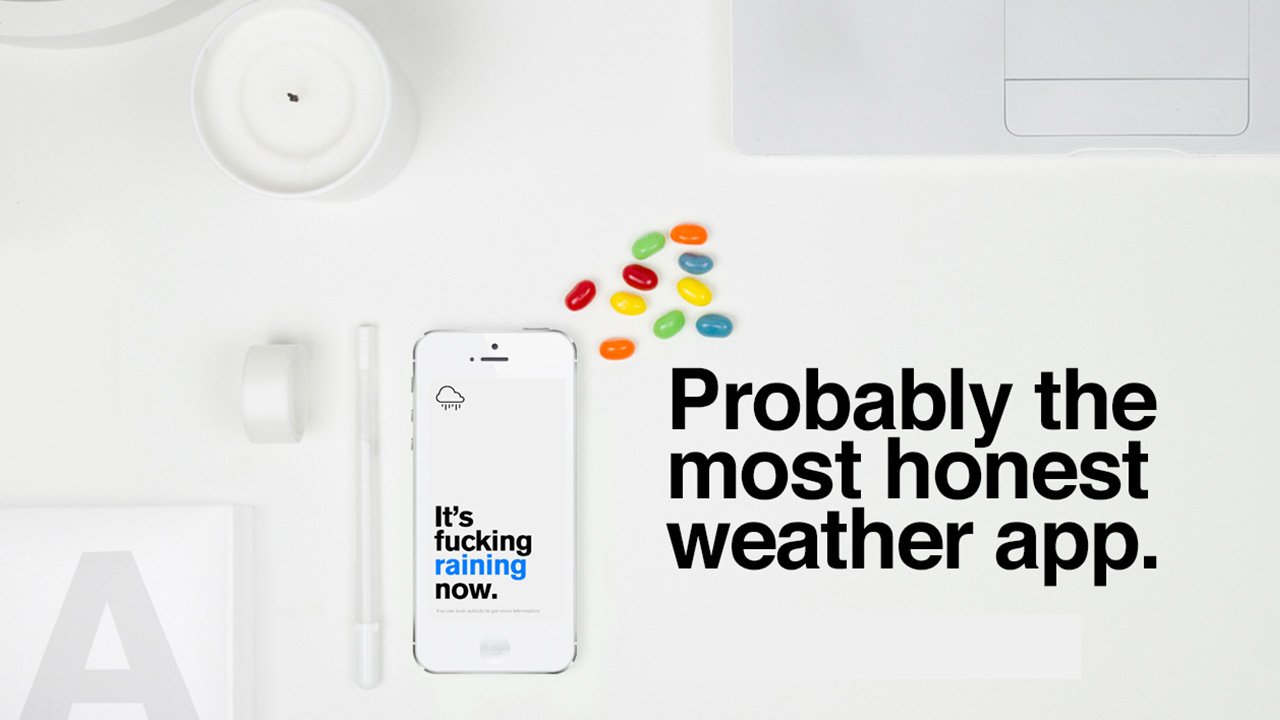
If you could have any designers’ project with no consequences wink* wink* who would that be and which project?
It would be the Lancia Stratos logo designed in 1970. I love everything about that logo. I even tracked down and bought the limited edition watch, since I can’t exactly afford the car itself.
You have been working for big clients with your agency and helped building products (such as Spotify) of others as well as built on your own. Was there a turning point in your career (a project/a client) where you realised that you could mean way more for your clients and deliver them a full package of strategic services on top of your design work? If yes, what motivated you to do so?
When I’m thinking one step ahead about how my design impacts all points of a project, I can’t help consider the other strategic parts of product building. They all tie in together. The way I design a product affects the way it’s marketed and sold. The way it will be marketed affects the way it’s designed. The copy influences the design and the design influences the copy. By aiming to do strategic work, good work, I’ve naturally learned to do more than just design.
You are a supporter, advisor and mentor to a variety of programs around the world. To students of Hyper Island as well which is great! Did you have mentorship in any way throughout your career? (Who/what has asked you the right questions or given you the key insights needed to grow & learn)
I had and still have many mentors. They are authors, fashion designers, artists, video game designers and many more whose work I admire and follow from afar. I find the best mentorship not necessarily from other designers who give me advice, but in the books I read, shows I watch and products I use. I’m constantly mentored by people who don’t know they are my mentor.
How do you see the future of freelancing? What do you think would be needed to help this scenario manifest?
I see freelancers finally getting paid on time and having better healthcare options, as freelancers form stronger communities and clients can no longer minimize or ignore their value.
I see freelance influencing the standard 9-5 work structure and making companies more flexible, as it already has. People won’t have to necessarily choose between freelance or full-time. More and more, they will negotiate part-time or remote working scenarios with their place of work.
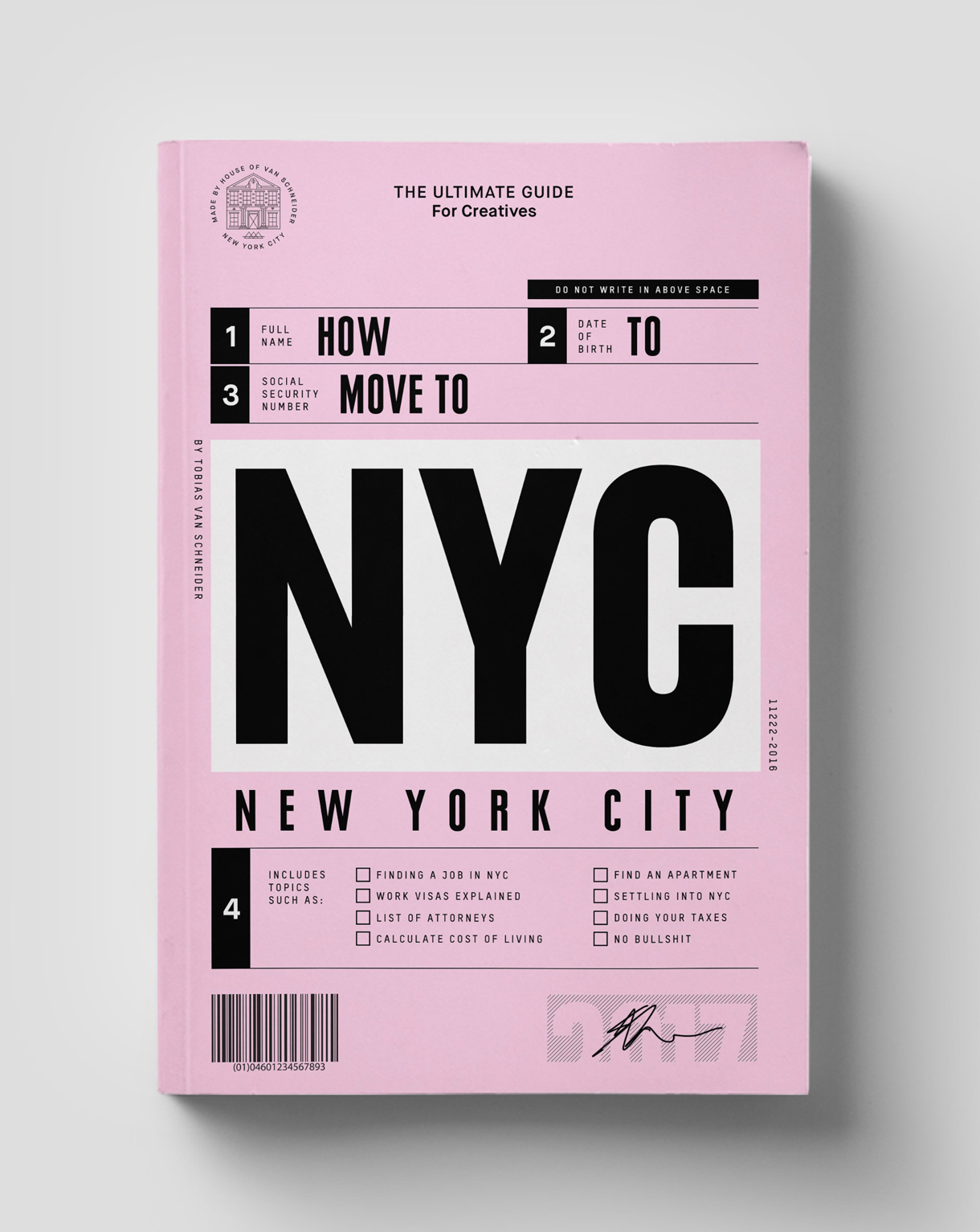
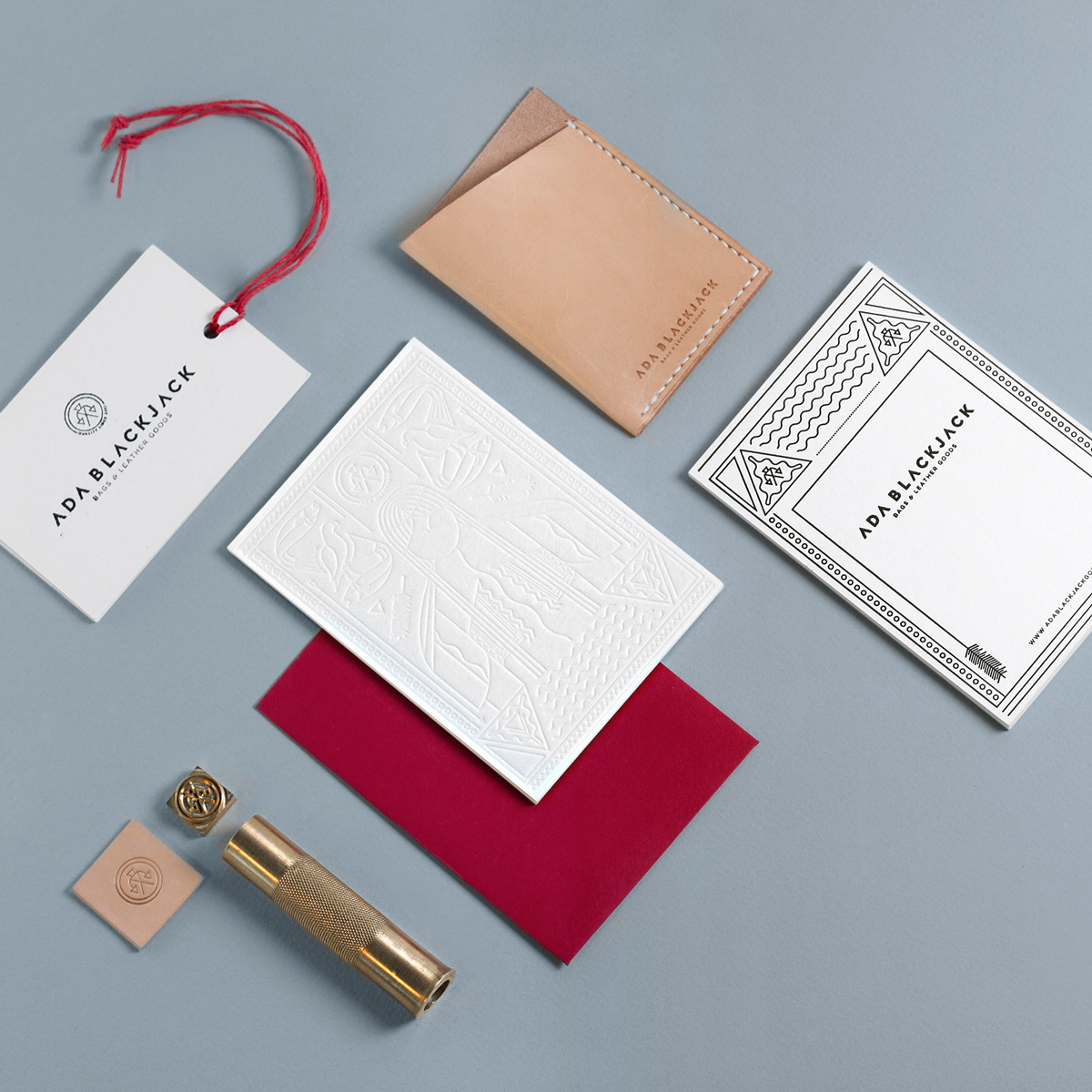
A client you’ve been eye-balling for a while approaches you to redesign their branding. What are the crucial steps you go through with your client to bring that project to a good end, one that you can be proud of?
I first spend time learning about the client and the context of their brand: The industry, the competition, the history of their current branding, their goals, their voice, their offerings, the story they may have to tell. I spend hours researching and collecting inspiration.
Along the way, I have honest conversations with the client and do my best to set expectations: A new brand does not always solve a problematic business. A new brand doesn’t necessarily need to be a huge departure from the old brand. And a new brand doesn’t have to be a big reveal. When I share the result, it should feel right and familiar to the client. Almost as if they thought of it themselves.
Name 3 professional resources you cannot work without? And 3 resources you can not live without. (books, apps, programs, marketing tools, podcasts, tools, etc)
I’m going to focus this one on tools since there are no particular books or podcasts I wouldn’t be able to live without. Although, I could potentially live without all of these:
Semplice – Not only the product I work on myself, but also the tool I use the most to build websites. From designing my own website to creating quick landing pages, Semplice has become part of my workflow.
Figma – While I’m fairly new to it, Figma has become the centerpiece of my creative process. Creating quick presentations, mood boards, interfaces, mindmaps – all of it currently runs through Figma, which I supplement with more specialized tools if needed.
Twitter — A love/hate relationship. I’ve met some great people through Twitter and its value is beyond any other service I’ve used.
How do you avoid the client telling you what to do?
I avoid working with that type of client in the first place. I try to choose clients that seem to respect my work and trust me. It doesn’t always work, but paying attention to any red flags in the beginning often helps. And if it doesn’t, I learn for the next project.
What – in your opinion – defines a powerful partnership between designer and client?
Trust, respect, honesty and communication. I recently wrote about this in detail on my blog.
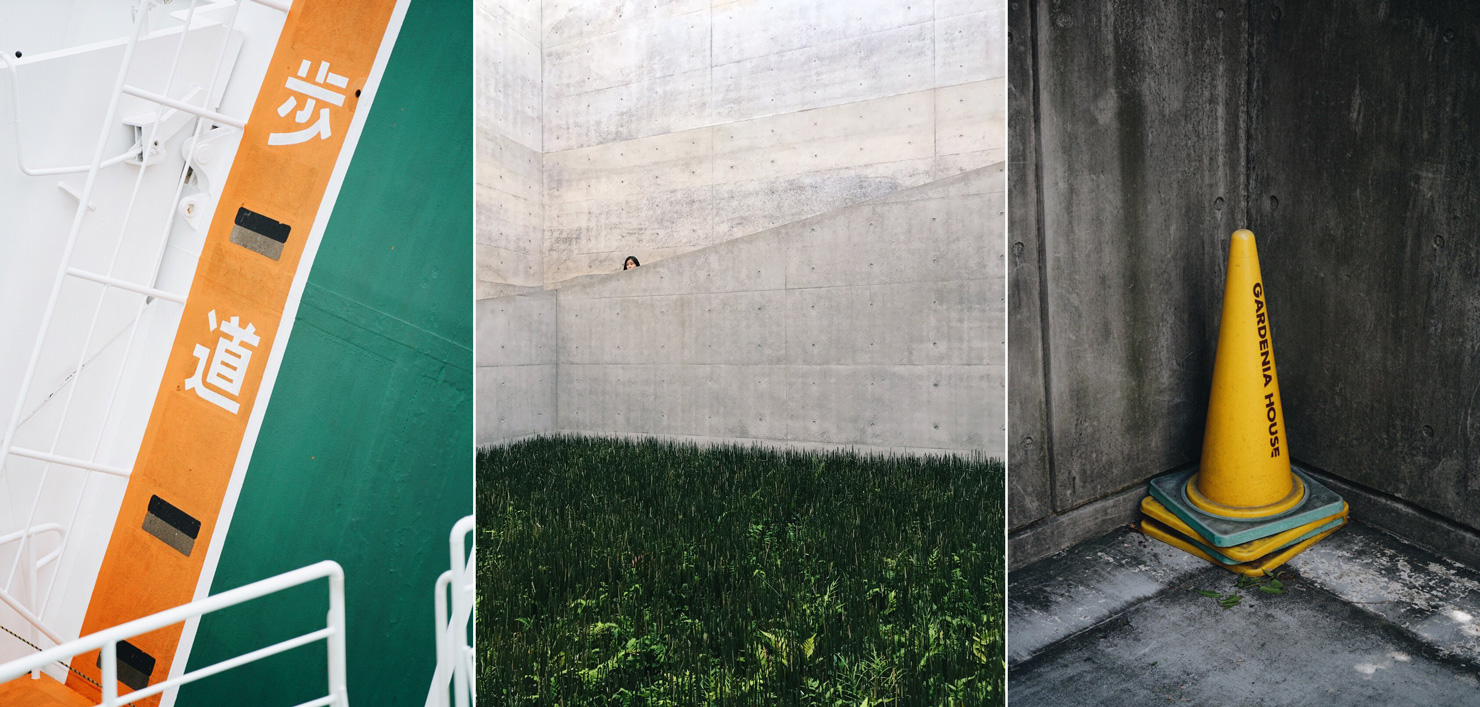
There are a lot of platforms that offer freelancers the opportunity to connect with clients around the world. On one hand this is an opportunity for designers to reach clients that might be inaccessible in their area, on the other hand, it has an impact on designers’ rates since clients have more access to cheaper designers. What is your take on this and what is your advice to stand out from the competition and turn this into an advantage for the design community?
I know these platforms are often critiqued, but there are two interesting parts to them:
- New design platforms open up the market to more designers and more clients. Design as a service becomes more accessible to millions of clients who previously did not have access due to geographical or even financial limitations. As the marketplace grows, so does competition and the economic landscape stretches. Where design before was only available to those who could afford it, it now becomes more affordable as more designers at cheaper rates flood the market.
- While some skilled designers can offer a lower rate due to their location, many designers have low rates but also deliver low quality. And since they’re catering toward the lower end of the market, I don’t see an issue with it. If you have a $10 budget for a logo, surely someone out there will make you a logo for $10. You get what you pay for. Previously $10 would not have been enough for a logo, so the person who had a budget of $10 wasn’t even part of the marketplace. Now they are, because there’s enough design for everybody. It’s like going to a jewelry shop – you can buy a ring for $10 or for $1 million.
The second part Aldo Gucci said nicely: “Quality is remembered long after price is forgotten.” If someone goes with cheaper design services, it will cost in the long run. Those clients who have been burned by the “cheap design” service often come back and hire someone more skilled. It’s a learning process.
My advice is to be realistic. Know what your work is worth and know who you are catering to. I’ve seen both: people who drastically undervalue what they’re worth, and an equal amount of people who are too expensive for what they deliver.
Above all, focus on quality and deep relationships with those who you like to work with and those who value your work. Neither the platforms or the undercutting designers have either.
Thanks, Tobias for taking your time and sharing these valuable insights with us! Impress your dream clients with engaging client discovery, and dig deep into their challenges with HolaBrief. Try for free.

